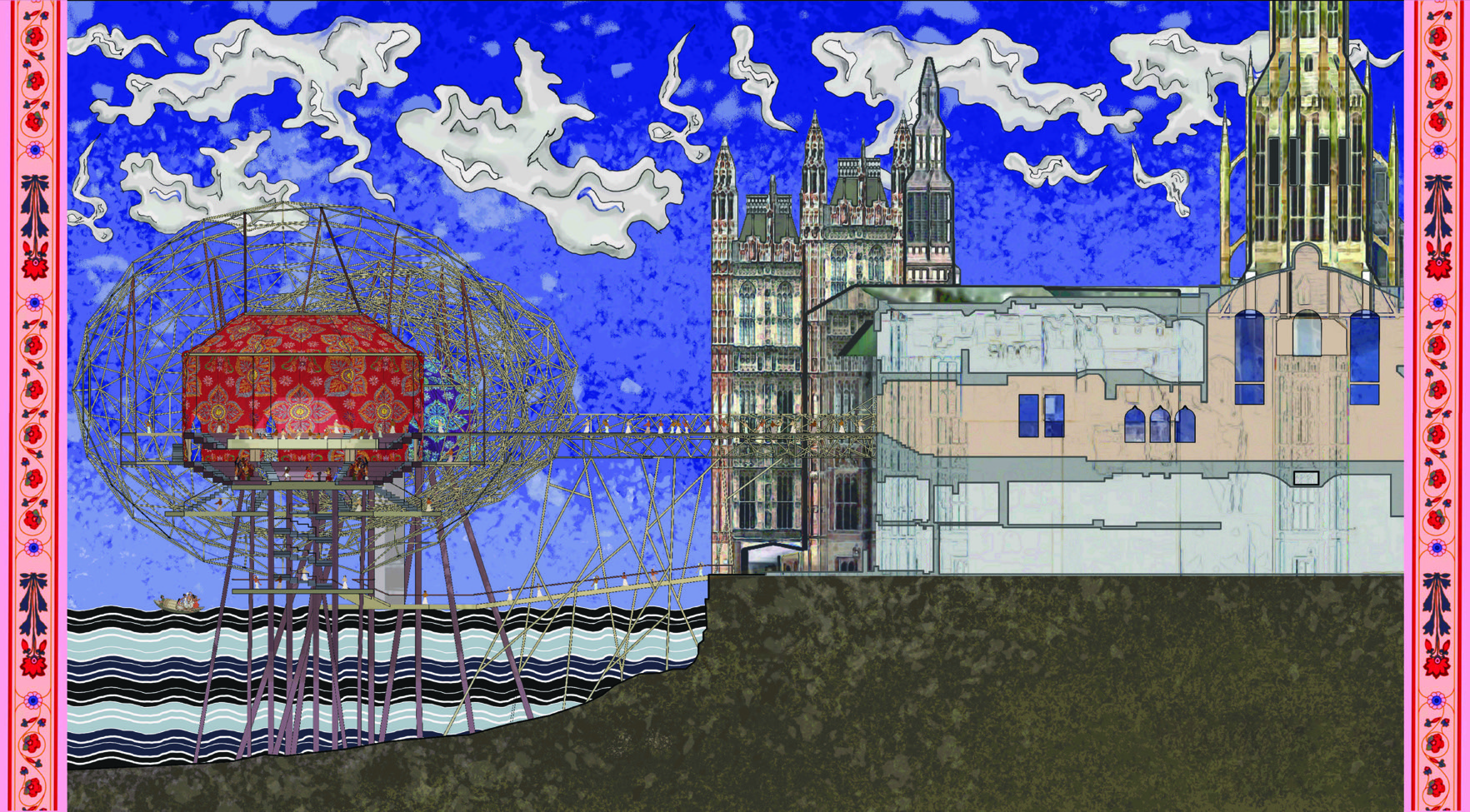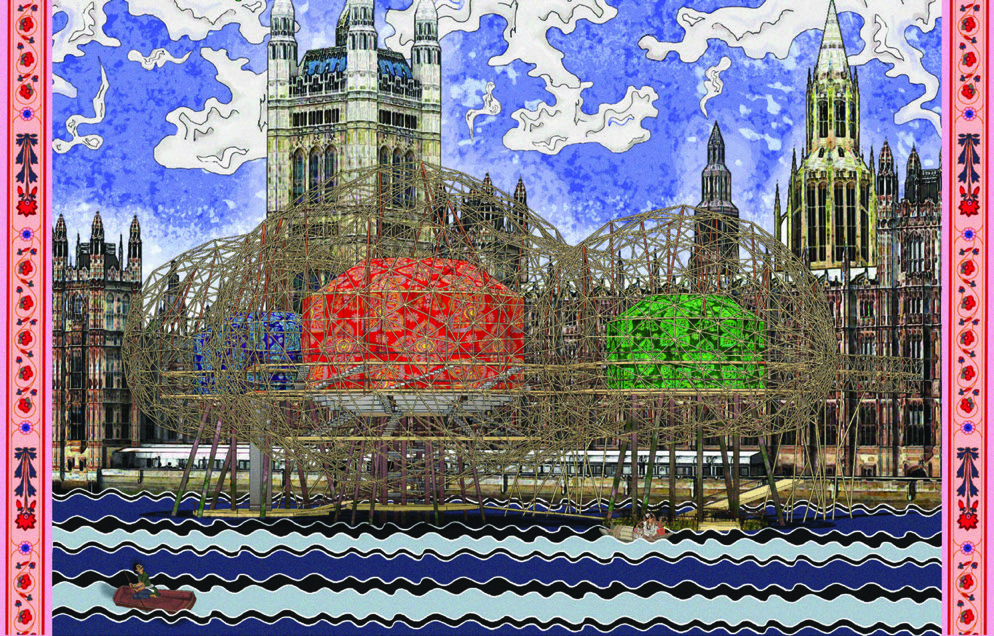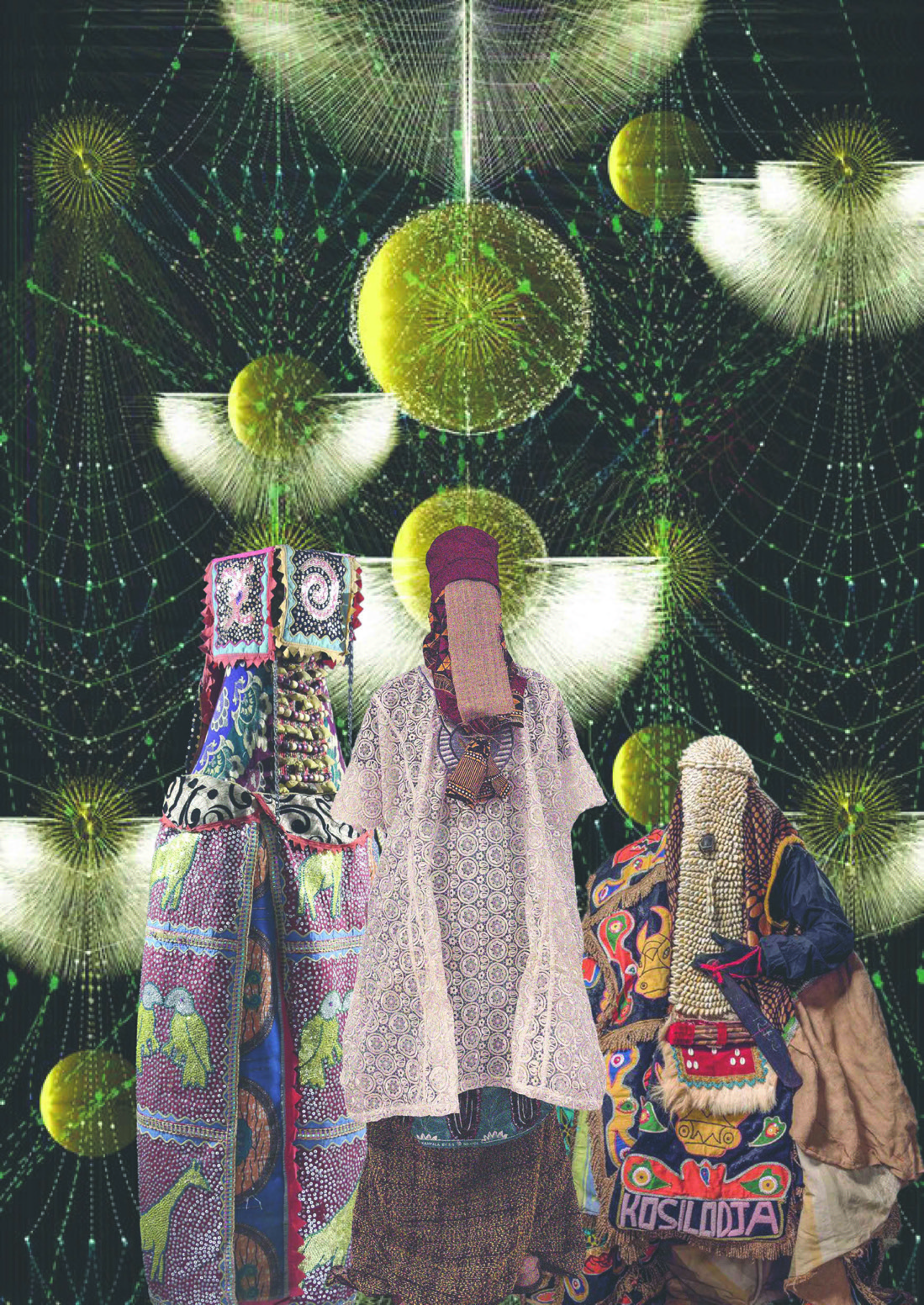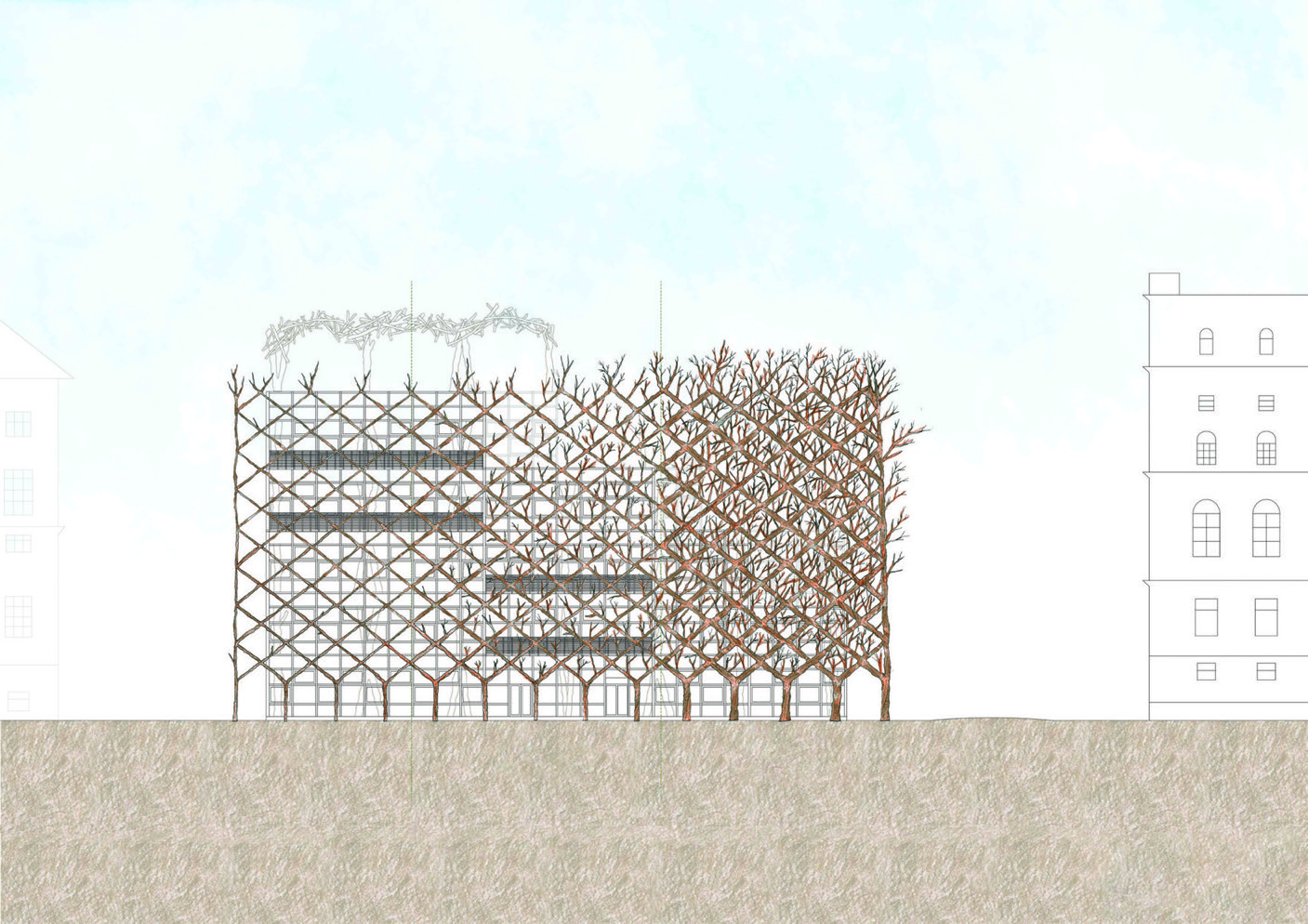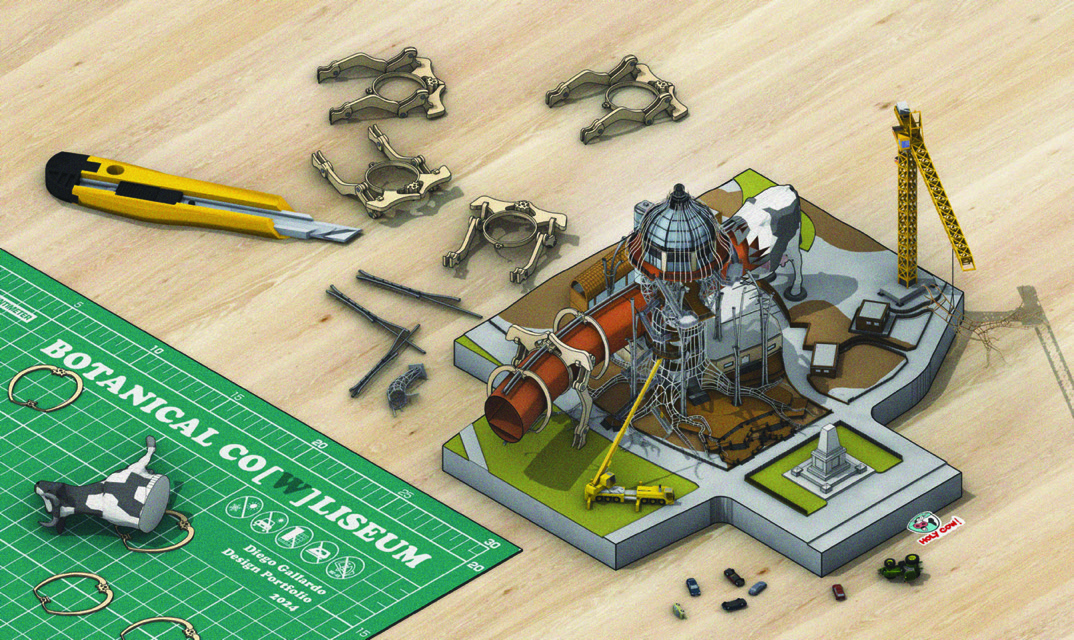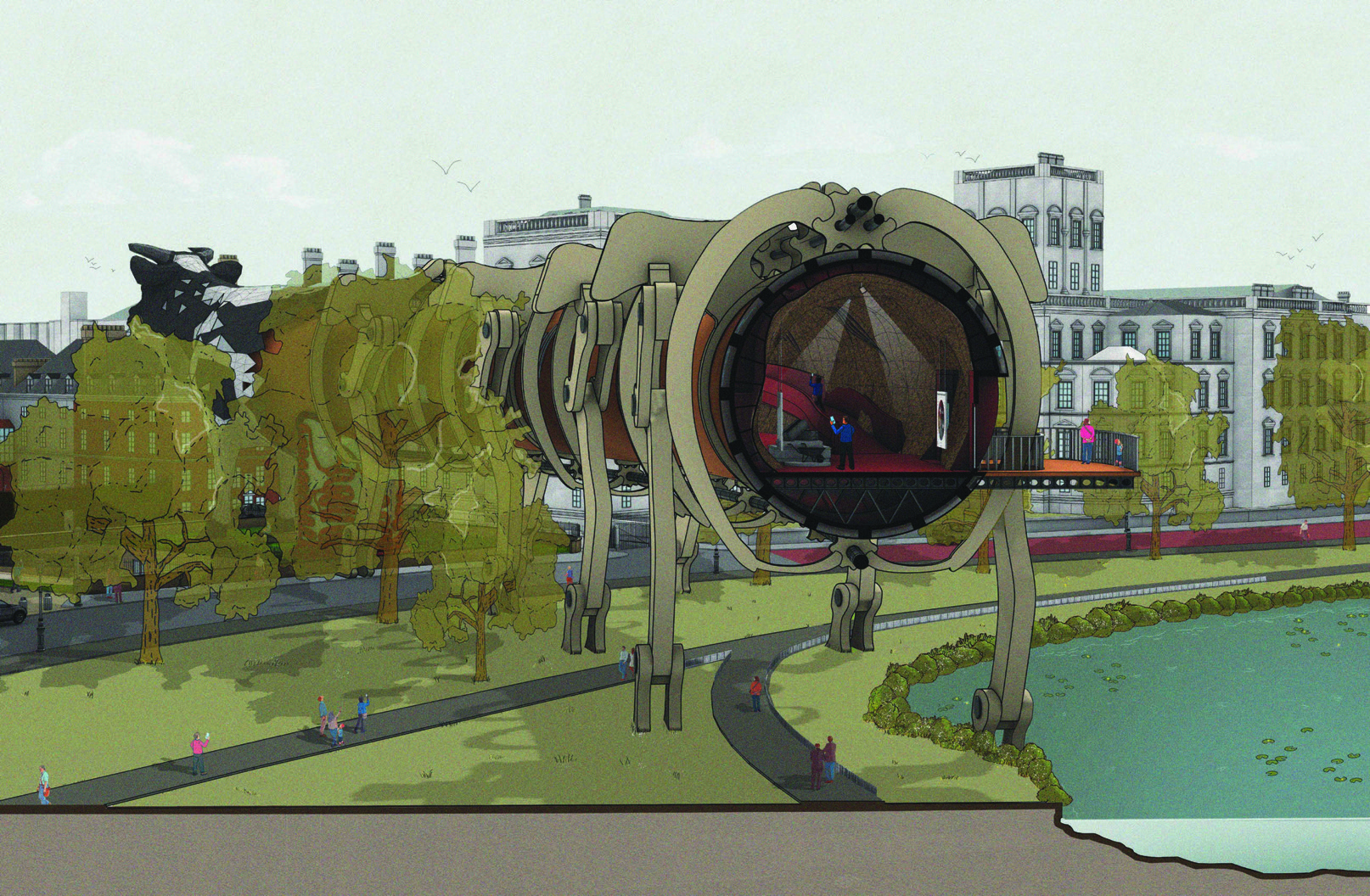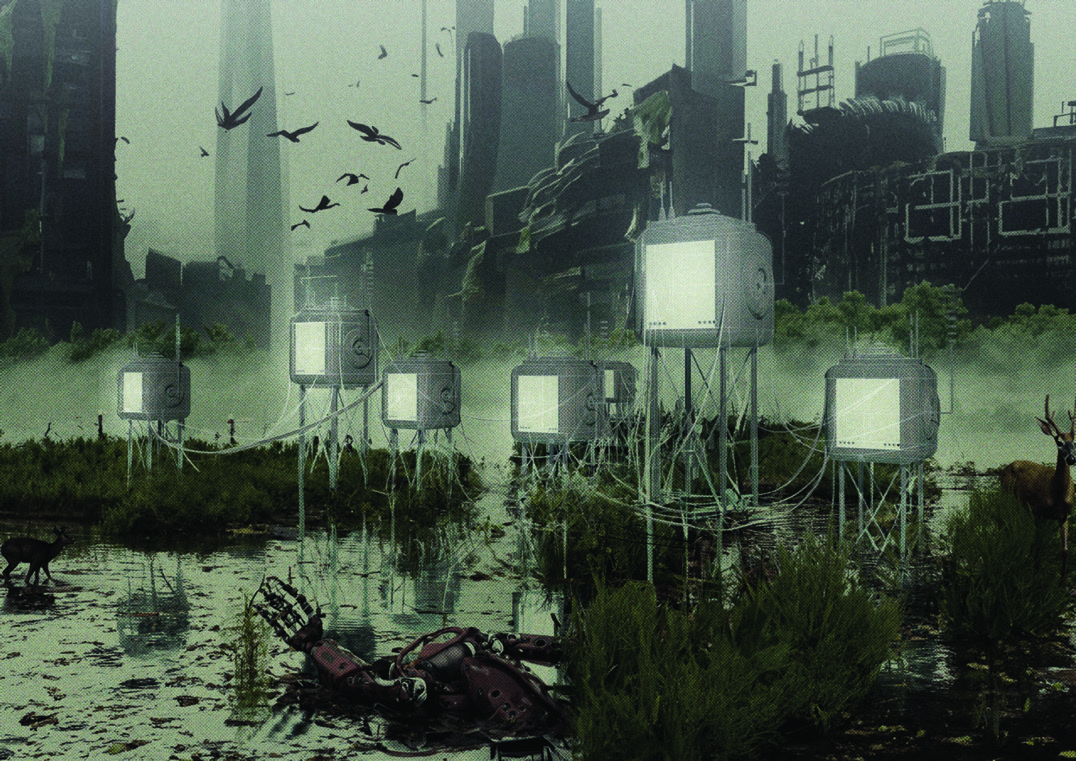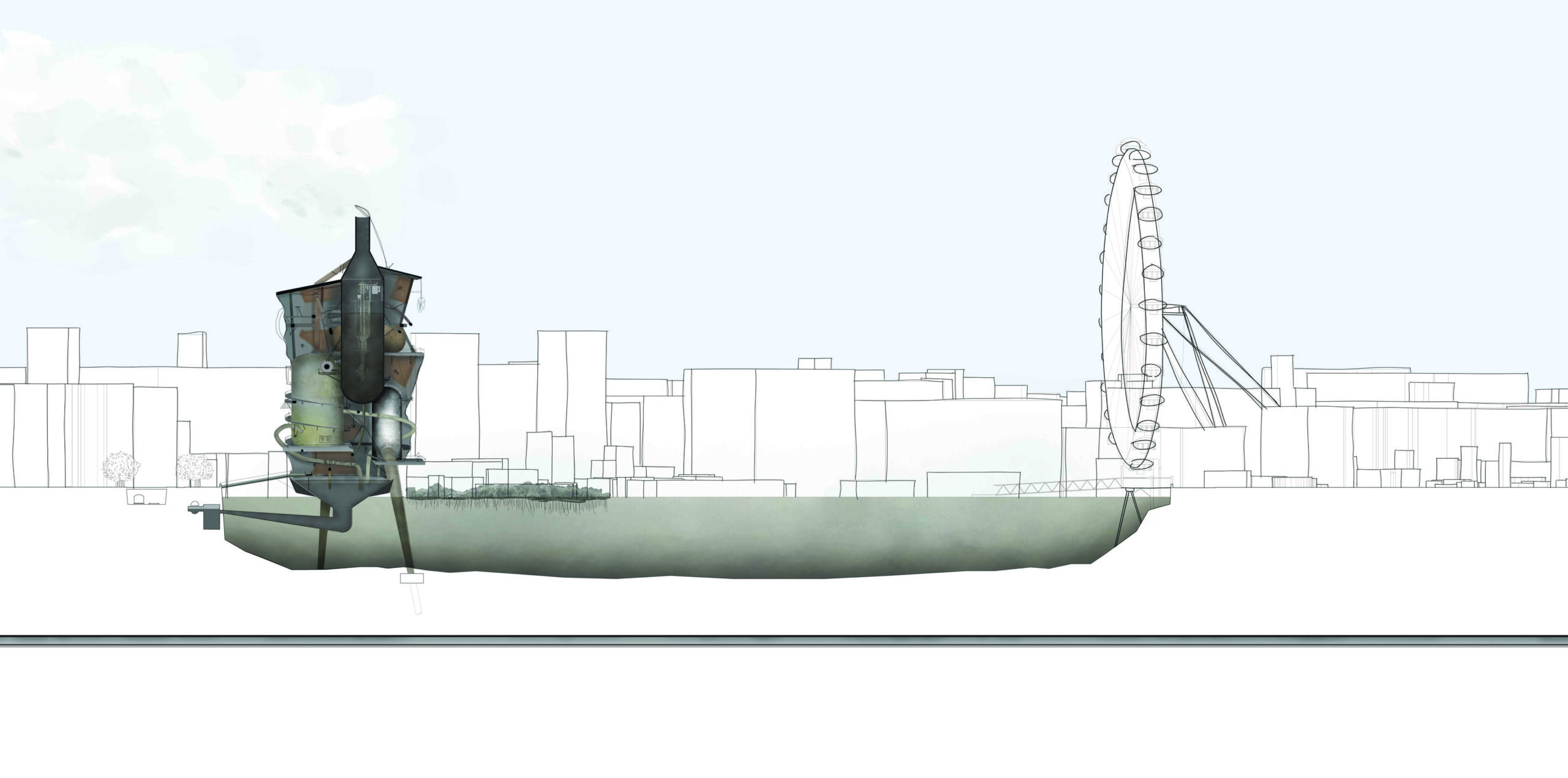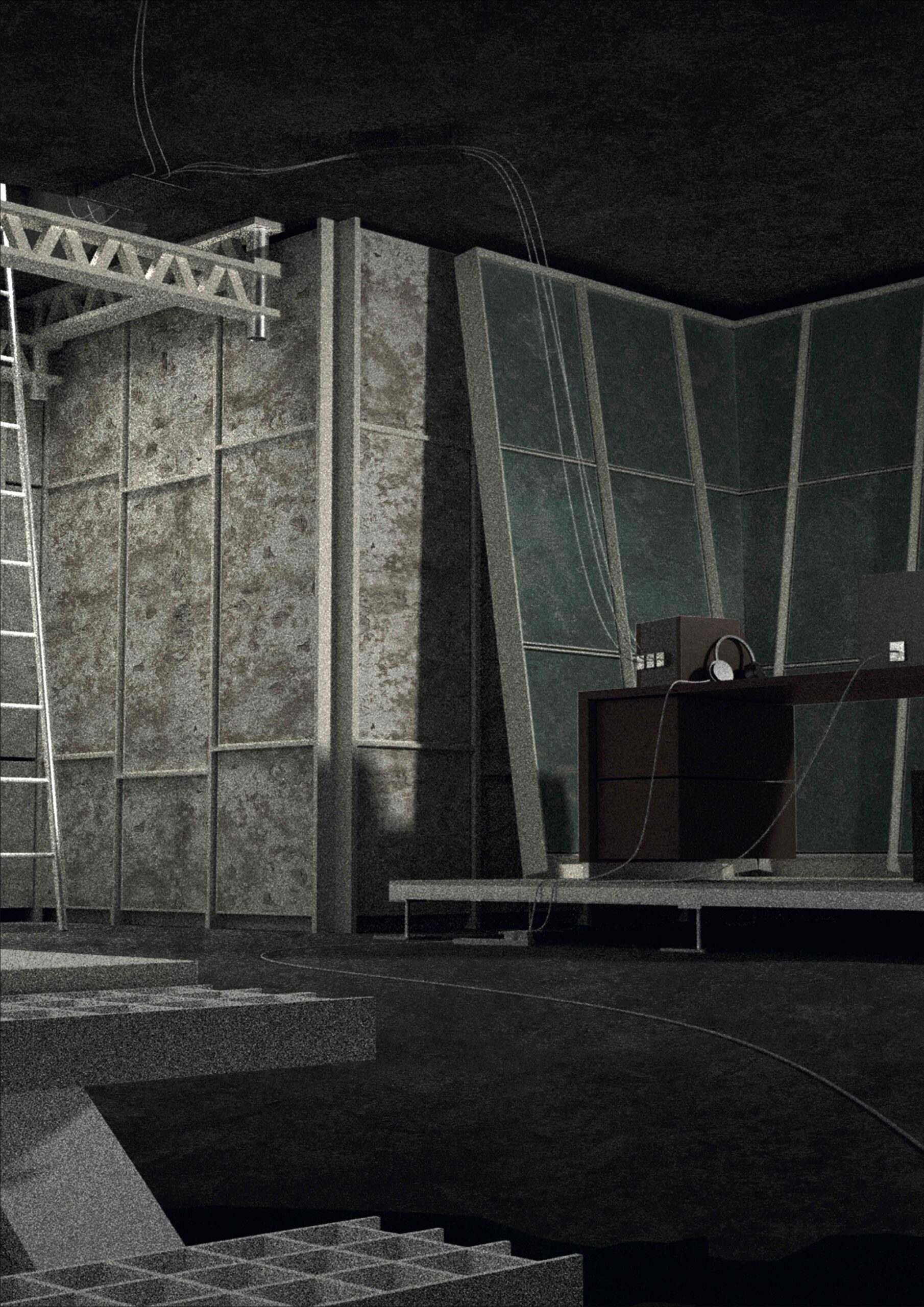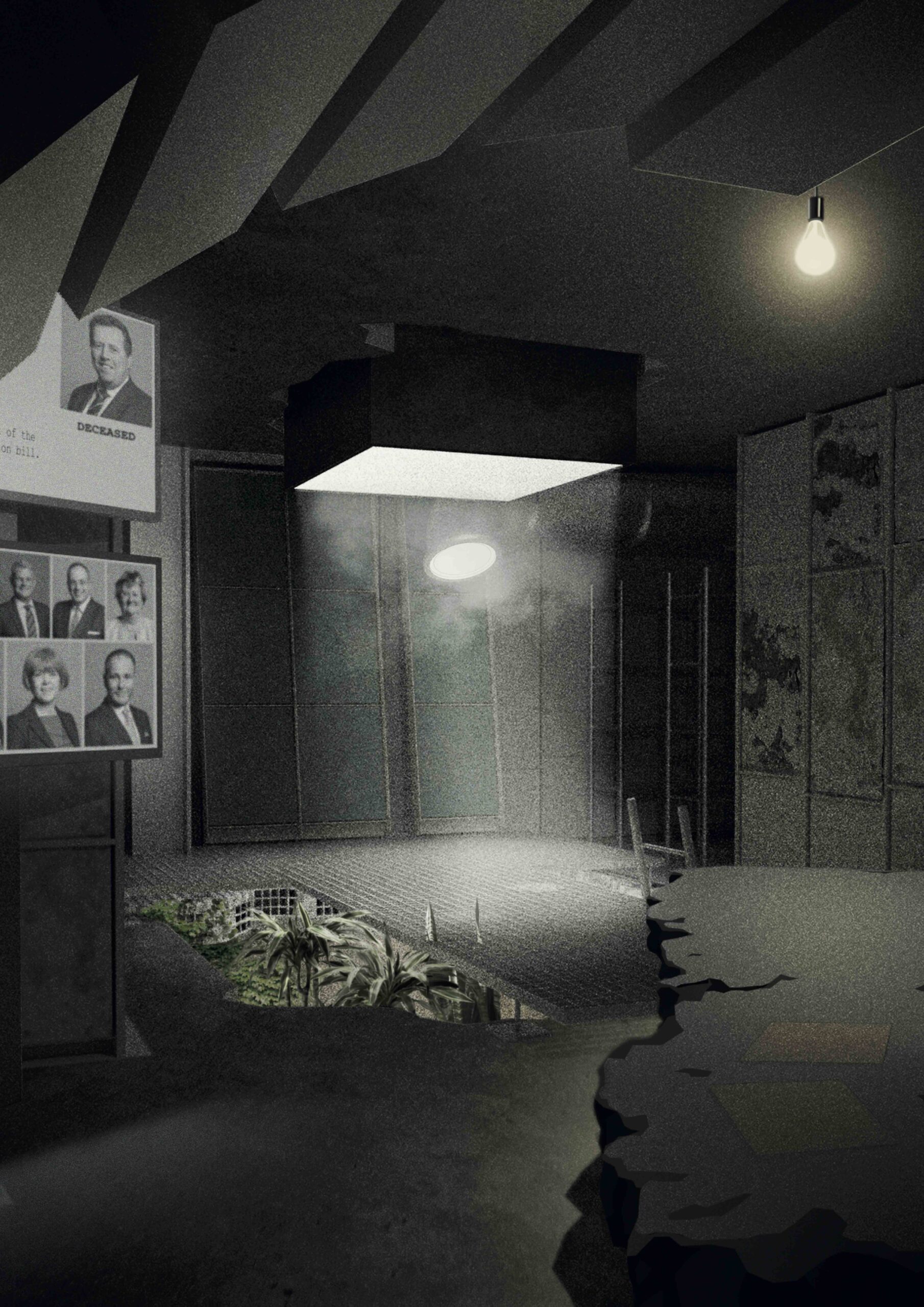Design Studio (Three) Two BA Architecture
Eric Guibert & Christopher Daniel
Eric Guibert is a gardener architect and teacher. Through his built and grown architectural practice, he researches ways of co-creating regenerative architectures with ecosystems and species that nurture and express their emergence. This Architectural Animism investigates more equal relationships between humans and their habitats.
Christopher Daniel is an architect and experience designer with systemic sensibilities and a background in designing theatres and places for performance. He is director of Polysemic and London organiser for the Long Now Foundation.
DS3.2: Architectural Animism: The Cosmopolitical Parliament
Students: Mahmudul Ahsan, Melody Akanji, Merla Elakkad, Danielle Elefante, Sana Esmat, Gabrielle Ferreira Silva, Diego Gallardo, Benjamin Grafham, Emily Guacho Espinosa, Malak Halibi, Luke Harvey, Jameelah Hussain, Eunseo Lee, Caroline Moisa, Vanessa Muamba, Raiyan Rizwan, Linda Salihu, Dawoud Sohail, Shah-Ree Tasaddiq, Rebecca Thompson
In our third year of investigations into designing regenerative architectures equally for other-than-humans and humans, we have been speculating on institutions that will give a voice to ecosystems and species in our processes of democracy and governance in 2030 and beyond. The sites are located in the dense power centre of Whitehall in London. any projects form an interface between ecological data monitoring and human deliberations. Some extend the Houses of Parliament with a house of living beings and systems using spiritual rituals where feedback responses are embodied in AI-powered animist robots, or de-centre humans in a metaverse hosted in an ecological data centre.
Others have redesigned the intellectual and operational structure of the Civil Service to reflect systemic approaches to society, creating Departments of Regenerative Agriculture, Ecological Transition, Regenerative Economy, and a Ministry of Half Earth Socialism. A few nudge nations towards sustainable behaviour through the dissemination of an ecological anarchism, or a Ministry of the Future, through combined lobbying and direct action.
As in previous years, the typologies aim to provide habitats for wildlife. Unsurprisingly, the ecosystems integrated in the schemes have shrunk in this dense urban context; nature connectivity and biodiversity net gain are achieved through thinner wildlife corridors and stepping stones that connect parks and the Thames. The strategies de-pave some of the existing hard surfaces, add green and brown roofs, create landscaped courtyards within – or green canyons between – buildings, or diversify river ecosystems with various amphibious habitats.
Our focus on circularity has evolved into ad hoc architectures, bricolaged from urban waste mined from demolition sites, re-using entire existing buildings or crafted from the clay extracted when digging large basements. These diverse ecological architectures give a voice to other-than-humans at multiple scales, through the international and/or national remit of the briefs in Whitehall, on site with massing and landscapes, and within their building envelopes.
Guest Critics: Edmund Alcock (KSR), Pereen d’Avoine (Russian for Fish), Keb Garavito (Pilbrow and Partners Architects), Hwei Fan Liang (ACAN), Guy Mannes-Abbott, Mette Pedersen (Kraaijvanger Architects), Caspar Rodgers (alma-nac), Kacper Sehnke (Falconer Chester Hall Architects), Finola Simpson (Gollifer Langston Architects), Lourenço Viveiros (Pilbrow and Partners Architects)










